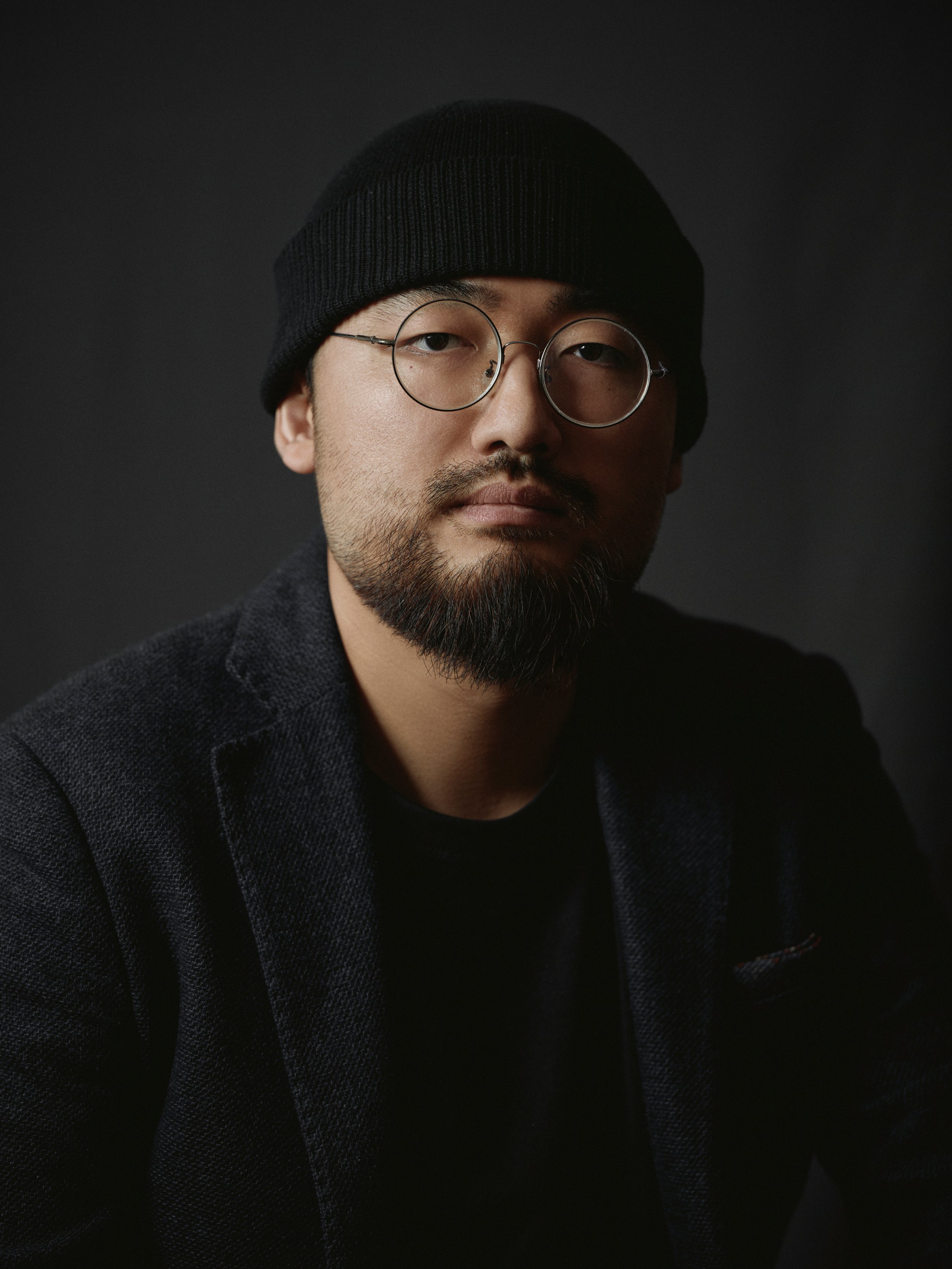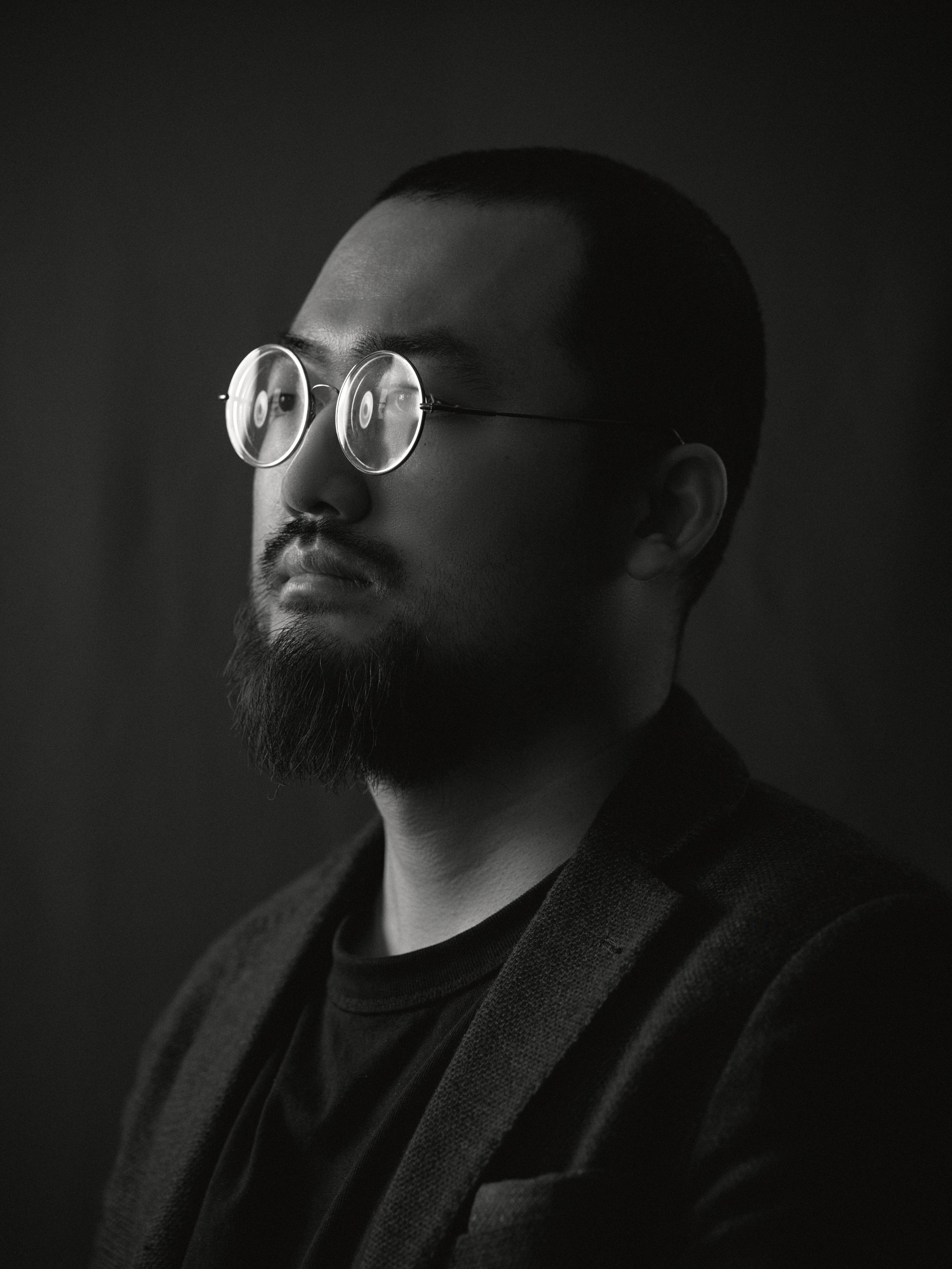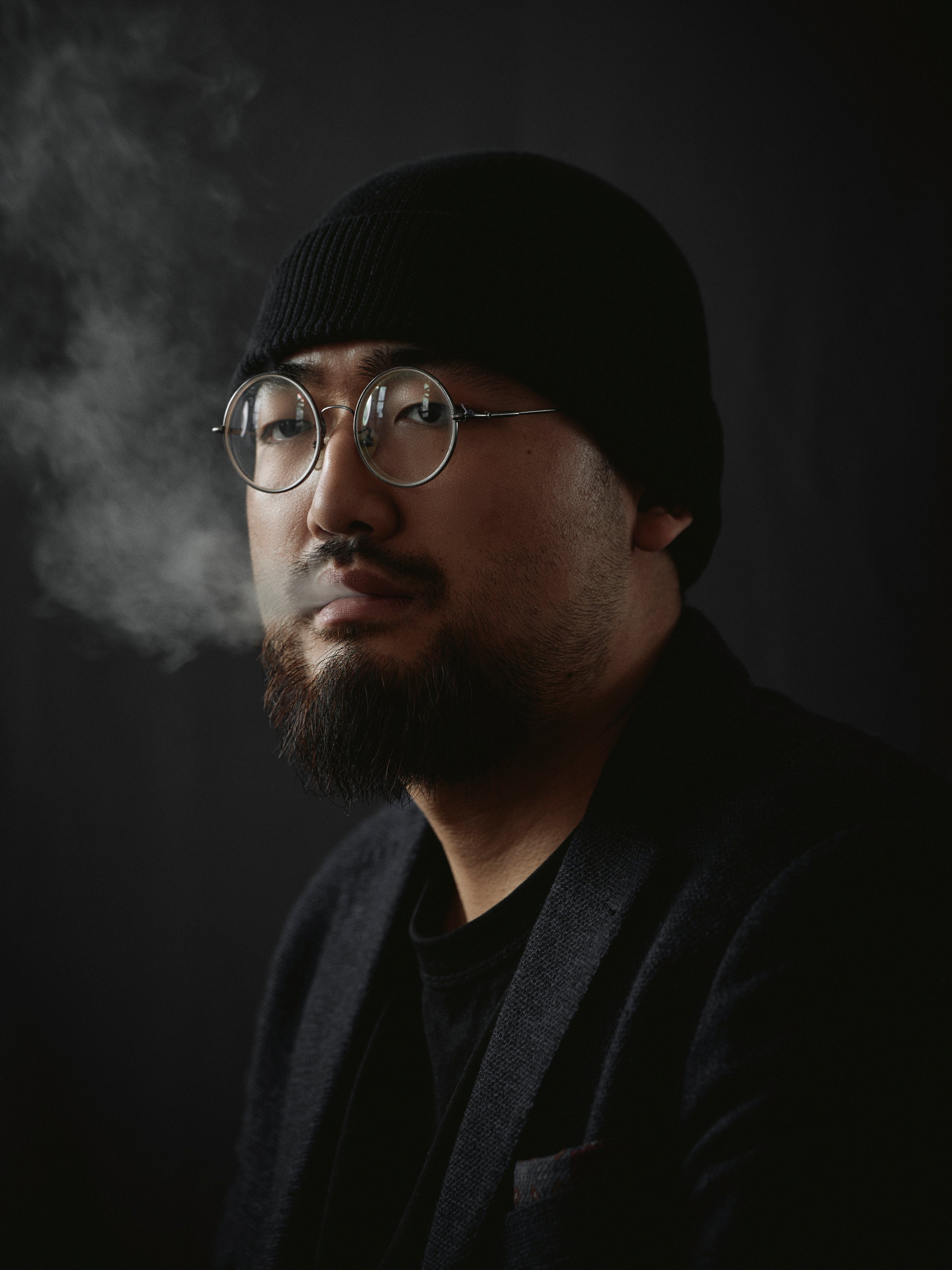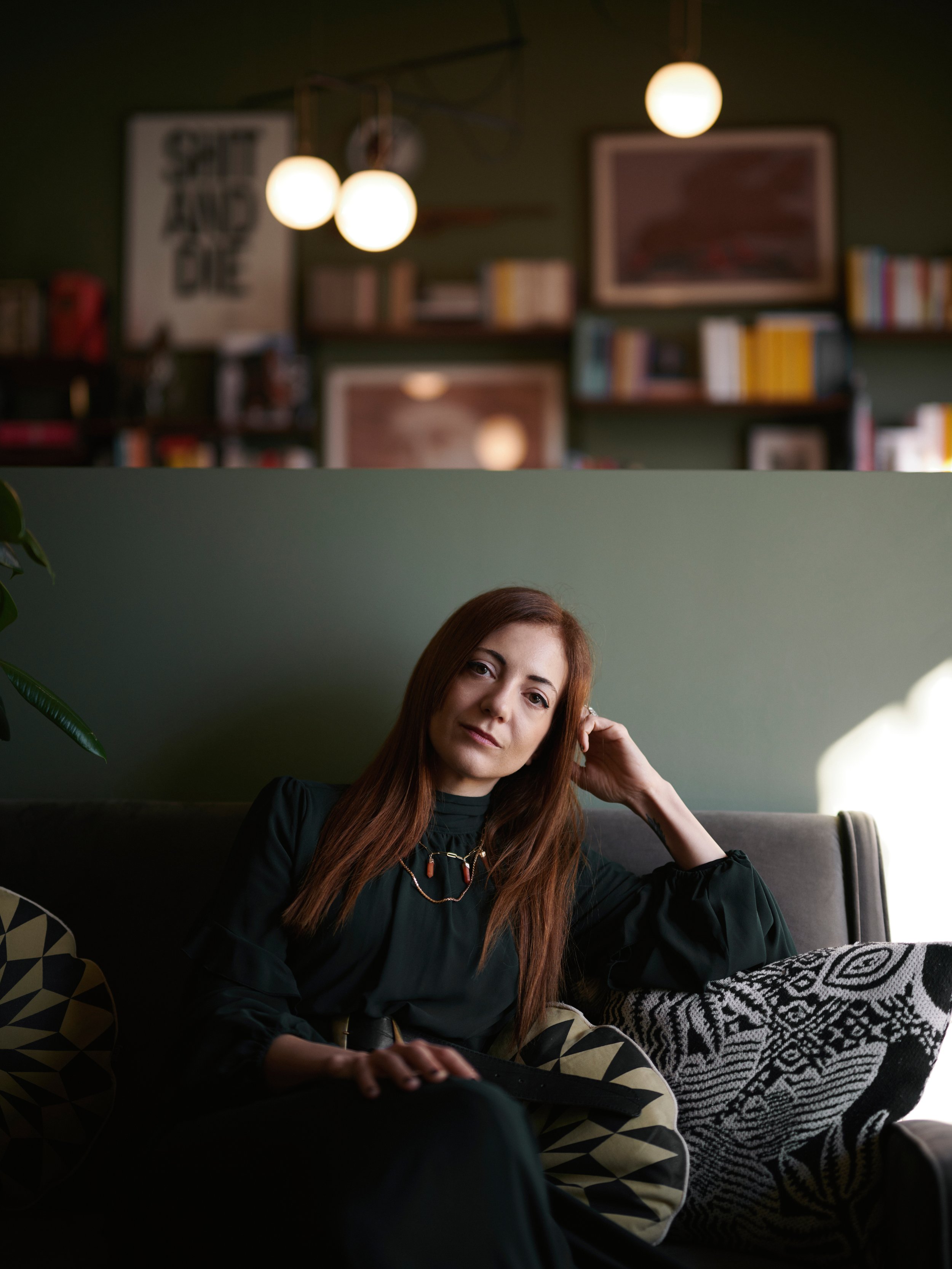Rust Belt





A collection of photographs featuring Tao Han, whose artistic expression is deeply intertwined with the evolving social changes in China, intricately blending with his own life story.
Photo: Lorenzo Morandi
Words: Wang Mengyin
Tao Han was born in July 1993 in Huadian, Jilin Province, in the north-east of China, at a time when the "Great Northeast" was falling apart as a result of the vast market-oriented reforms.
Northeast China is the collective name for the three northern provinces of China, a region that, as an important heavy industrial base after the founding of the People's Republic of China, carried the weight of the initial socialist development of China and became one of the most important parts of China under the era of industrialisation. The construction of the Northeast region in the 1970s and 1980s was characterised by the emergence of large state-owned industrial enterprises, with "factories before cities" and "mines before cities", and many workers made factories their home and built their families around factories, which contributed to the nesting of small families within the large collective employment structure. And Tao Han's parents met in the cement factory in Huadian.
At the end of the 1990s, 40 years of market-oriented reforms had taken away the former prosperity of the Northeast. Ideal-type units, large factories, were not completely abandoned at the beginning of the reform, but changed their sources of resources from being dependent only on the central government to obtaining resources from both government and market channels. In the second decade of market reform, the state's attitude towards state-owned enterprises has changed dramatically, and coupled with the impact of economic reforms in the market competition is very fierce, resulting in the old industrial bases in the northeast region of large and medium-sized industrial enterprises to accelerate the shrinkage of a large number of closures. Similar to the "Rust Belt" region of the United States, the Northeast region in China also experienced a massive wave of layoffs and population loss as a result of the early boom and subsequent decline of industrialisation. It was also in the late 1990s that Tao Han was carried in his mother's arms shortly after birth, and the family moved to Shandong Province. At this time, Tao Han's parents chose to find another way of life in another city because of the transformation of Huadian Cement Factory under the market reform. This was the first time that Tao Han experienced the change of his "small family" under the social change before he had developed his self-awareness.
"As far as I remember, there was no other colour in the cement factory, even the people were grey. The huge grey buildings were shrouded in the sound of roaring machines, and people were as small as ants." Tao Han was often taken to the cement factory by his parents in his early childhood, and this scene is deeply imprinted in his heart. When he was a child, he didn't seem to know much about compassion, but just felt pity. The former "eldest son of the Republic" has become "orphan of the Republic", and in Tao Han's art practice, those pessimistic feelings of having nowhere to complain and the sense of emptiness that comes from his experience have become the core of his creation.
Tao Han became interested in painting as a child and after completing his studies in Shandong Province, he was admitted to the Department of Oil Painting at Minzu University of China in Beijing. Two years later, he dropped out of school and came to Florence, Italy, where he studied oil painting at the Academy of Fine Arts in Florence for three years, a period that is considered to be the initial phase of his creativity as an artist, and is mostly dominated by oil paintings. He went on to study for two years with Italian artist Ignazio Gadaleta at the Brera Academy of Fine Arts in Milan, during which time he was deeply influenced by chromaticism, with his paintings using a large amount of empty space and overlapping colours to express the apparent meaninglessness, tragedy and nihilism of the contemporary world. The rectangles and lines in the work symbolise all the limitations, contradictions, balances and paradoxes of everyday life, as well as the emptiness inherent in today's society. Tao Han compares the shapes and lines to walls and doors, elements with metaphorical meaning: infinity, fate and death are just some of the concepts of existence that the artist questions.
In the context of modernity, the "nature" in the picture that becomes empty and empties into the void forms a large area of chaos, like layers of mist and clouds, substituting the viewer into a roll of Xuan paper painting landscape that has changed colour after time, and the self-respect of nature is embodied in the beauty of the art. Tao Han's artistic language leaves behind the notion of drawing and "brushstrokes" on concrete objects, which is similar to a mark of "individuality" or "self" that he tries to reduce and erase. For him, the most perfect state of the work is the "Inframince" that remains between his fingers, an impenetrable chaos, where everything he wants to express is also empty.
Starting from 2022, Tao Han has moved away from purely pictorial expression to the use of a wider range of artistic languages, including interactive installations, performance art and experimental documentary film.
Related stories



